-
-
-
博多織(はかたおり
Hakata-Ori)
はかたおり
Hakata-Ori
博多織
福岡県
独鈷と華皿、縞柄を合わせた献上柄が有名。
博多献上の献上帯という名称は、慶長5年(1600年)福岡・筑前を領有していた黒田長政(黒田官兵衛の息子)が、幕府への献上品として博多織を贈ったことに由来します。 仏具の独鈷と華皿を図案化した2種類の文様と、両子持縞と中子持縞の2種類の縞を合わせた柄を献上柄といい、両子持縞は親子縞、中子持縞は孝行縞と呼ばれることから、幕府への忠誠を示すものとして献上品や縁起物に重宝されました。たくさんの細い経糸に太い緯糸を強くしっかりと打ち込み、主に経糸を浮かせて柄を織り出すのが特徴です。博多織の帯は通年お使いいただけますが、夏向けには紗を織りだした紗献上があります。
Hakata-Ori
Fukuoka Prefecture
A textile which was developed as an offering to the shogunate,
It consists of three main motifs; Dokko, Hanazara, and Shima.
The word Kenjou is used for items given as a gift or an offering to the shogunate. Obi made with this Hakata weave were presented to the shogunate in 1600 by Kuroda Nagamasa, a powerful Daimyo who ruled Chikuzen at the time (Present day western Fukuoka.)
There are traditionally three motifs that make up Hakata Ori; Dokko, Hanazara and Shima.
Dokko and Hanazawa are two instruments traditionally used in Buddhist rituals. There are two types of stripes used, Nakakomochi and Ryokomochi. They mean parent and child, and filial piety respectively. Such auspicious motifs were highly valued not just as gifts but also as lucky charms.
Hakata-Ori stands out for its characteristic weave. The weft is much thicker than the warp, and each weft thread is beaty down firmly atop one another. One more technique which is characteristic of Hakata is the uki-ori, or the weft threads which float over two or more warp threads, creating a pattern. Hakata-Ori Obi can be used all year around, but there is also a thinner gauzier Ra weave versions are also available.
この産地の作品
This Origin’s
Products
Products
この産地の
作品が含まれる
コーディネート
Coordinates
with
This Origin's
Product
作品が含まれる
コーディネート Coordinates
with
This Origin's
Product
この産地
に関する
読みもの
The Latest Articles
About This Origin of Production
に関する
読みもの The Latest Articles
About This Origin of Production
この産地
に関する
催事
The Latest Events
About This Origin of Production
に関する
催事 The Latest Events
About This Origin of Production
この産地
に関する
お知らせ
The Latest News
About This Origin of Production
に関する
お知らせ The Latest News
About This Origin of Production
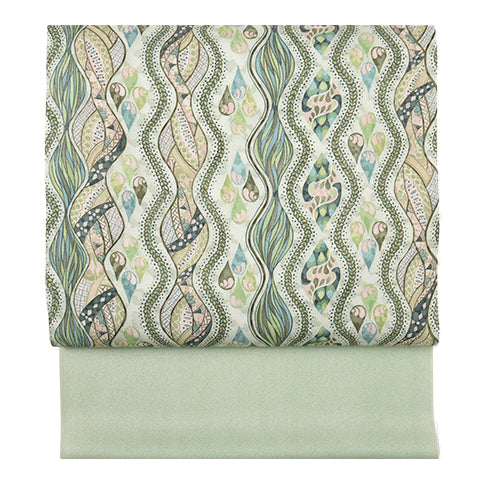 名古屋帯
名古屋帯
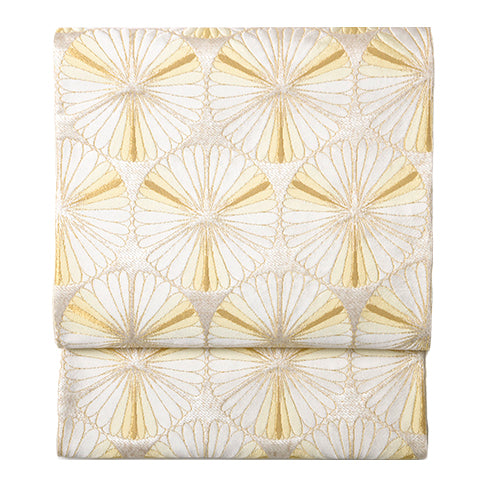 袋帯
袋帯
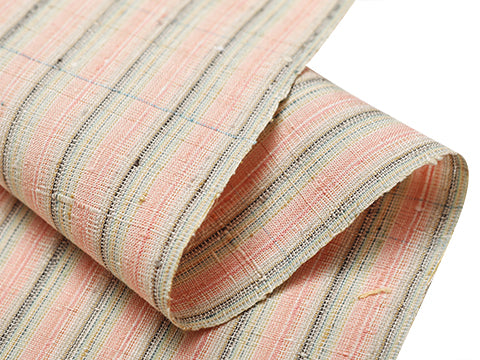 紬・綿・自然布
紬・綿・自然布
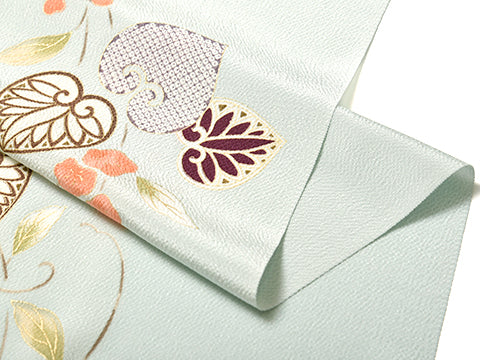 小紋・江戸小紋
小紋・江戸小紋
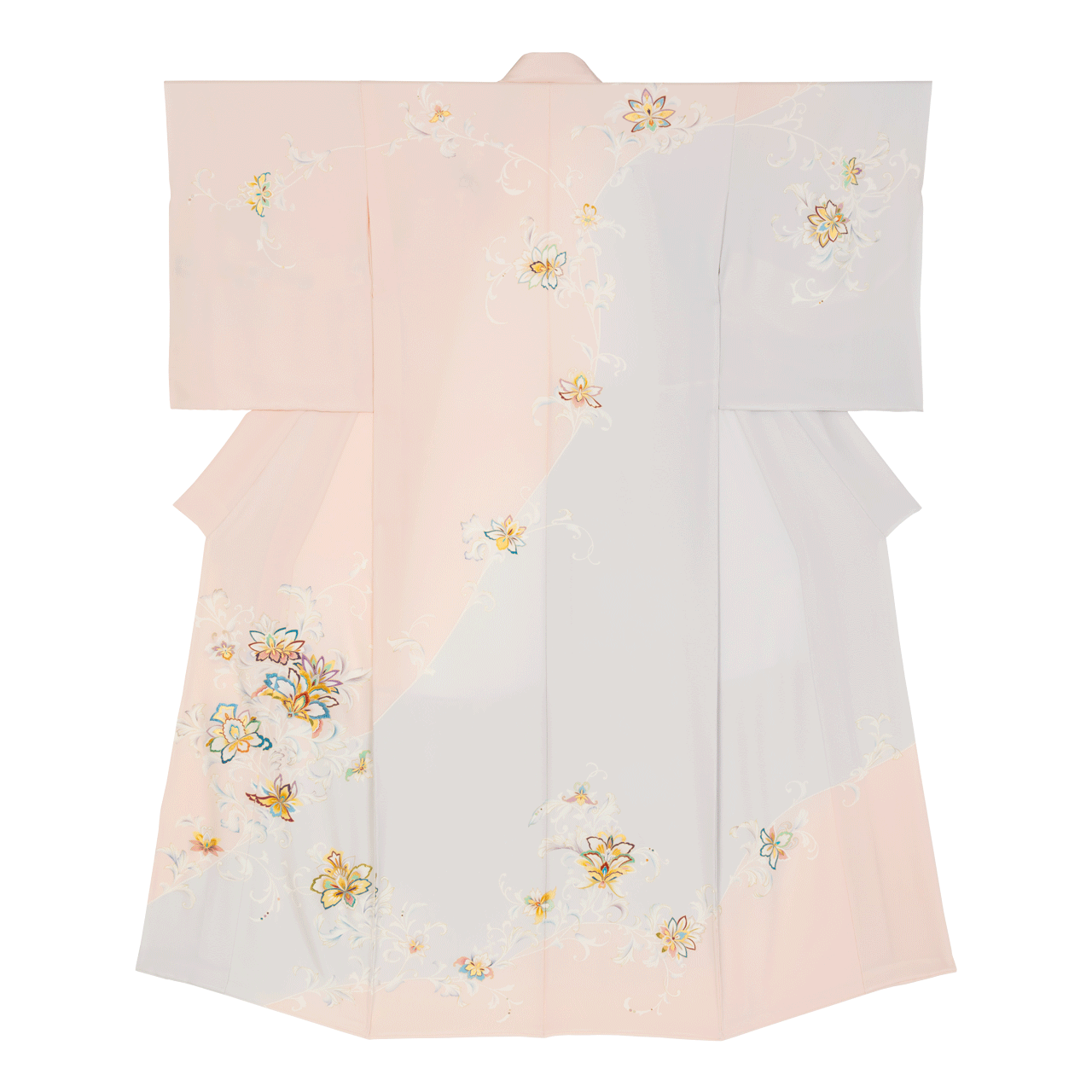 訪問着・付下げ・色無地ほか
訪問着・付下げ・色無地ほか
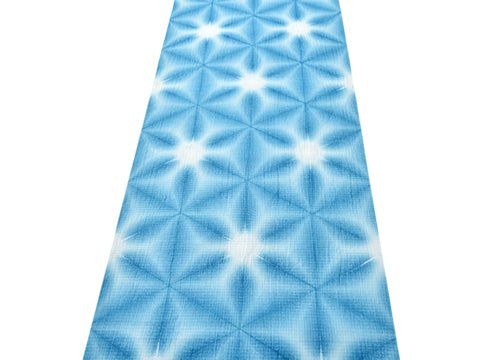 浴衣・半巾帯
浴衣・半巾帯
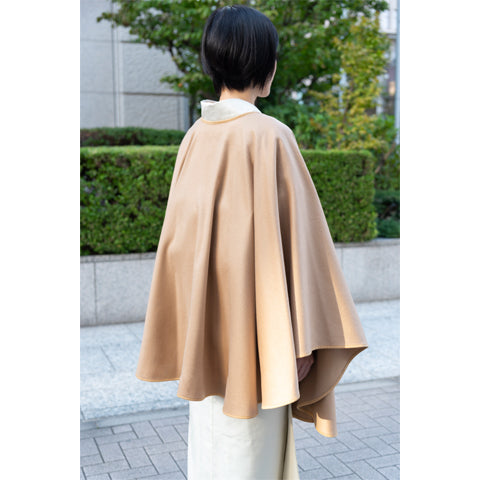 羽織・コート
羽織・コート
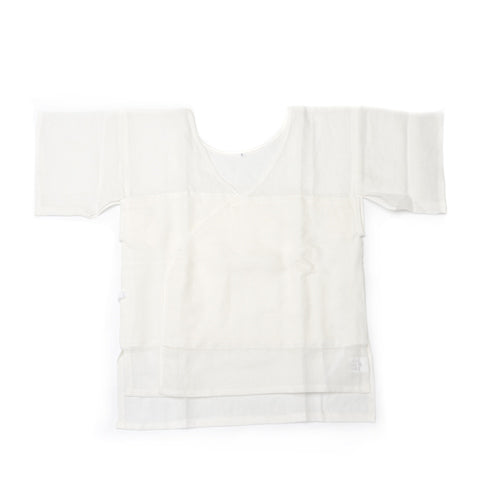 肌着
肌着
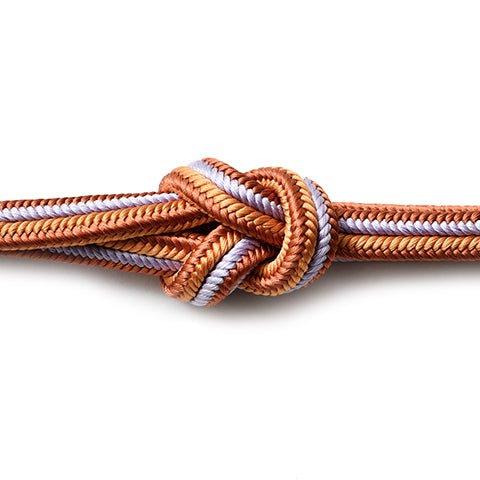 小物
小物
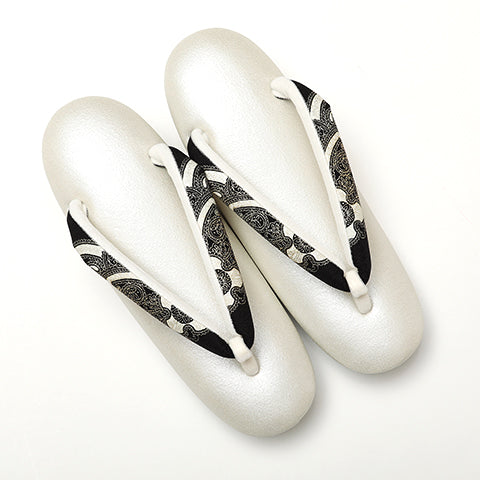 履物
履物
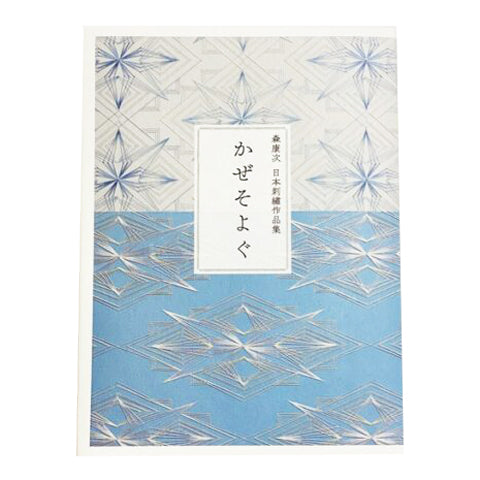 書籍
書籍
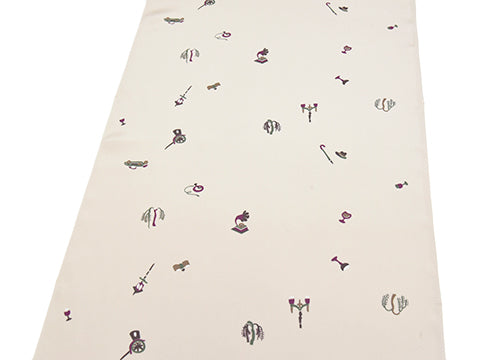 長襦袢
長襦袢
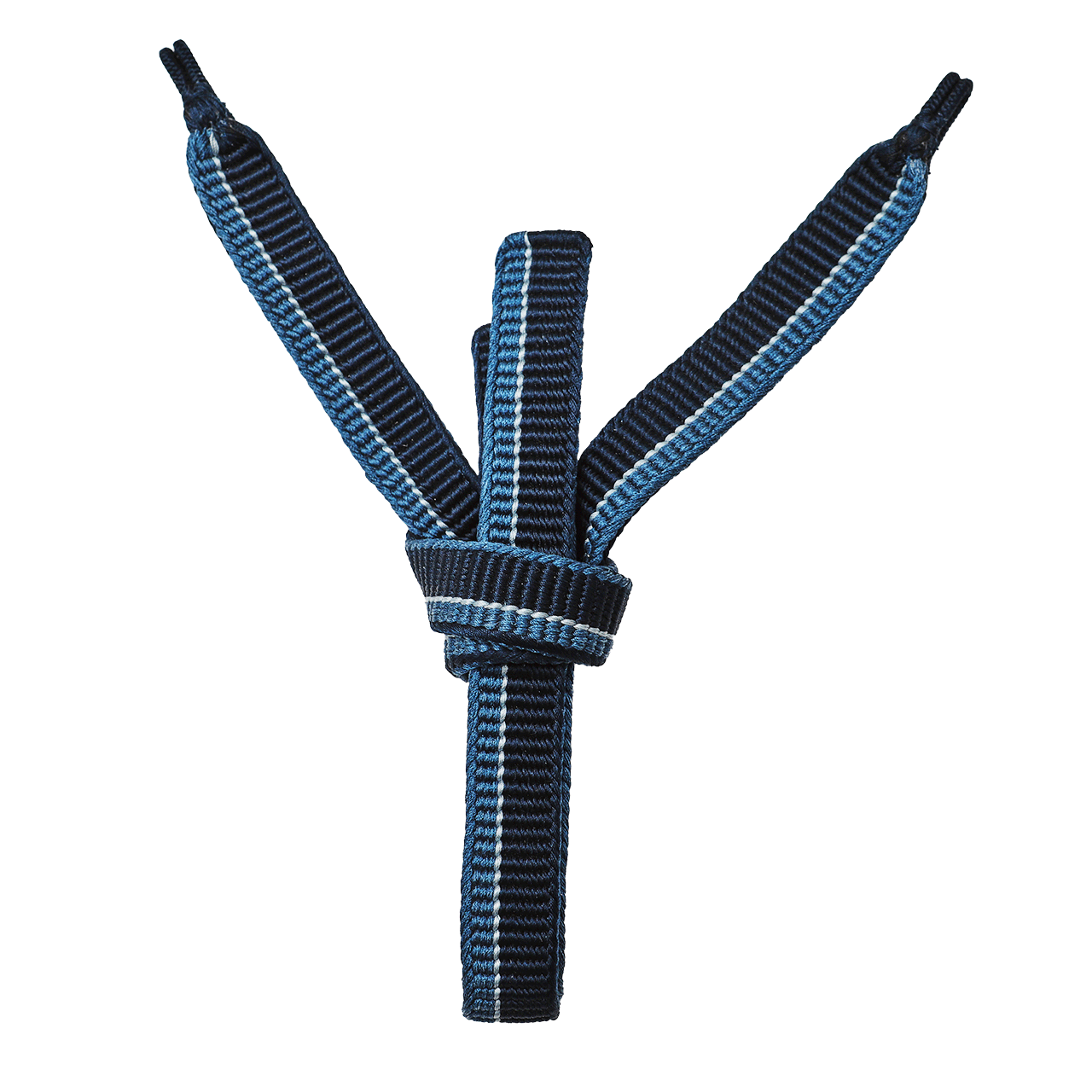 小物
小物
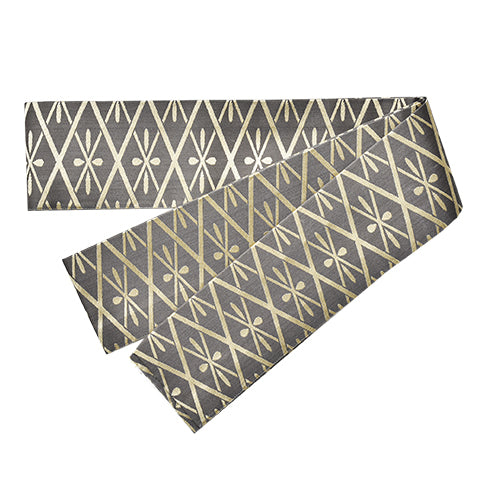 帯
帯
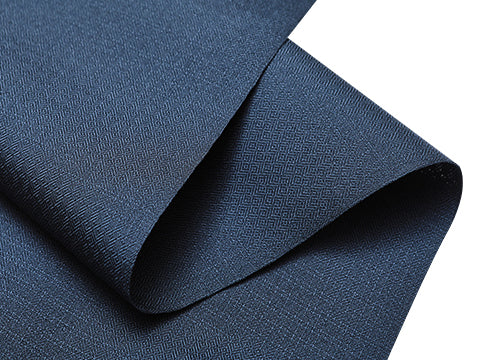 お召
お召
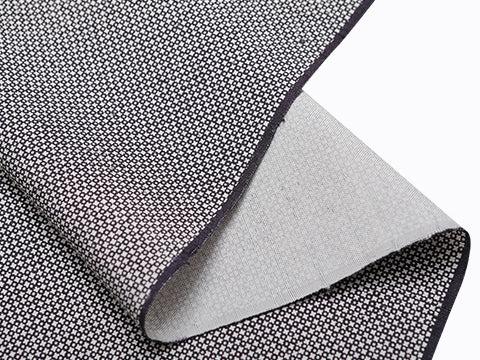 小紋・江戸小紋
小紋・江戸小紋
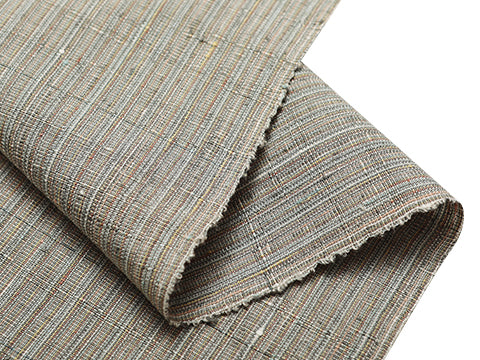 紬・綿・自然布
紬・綿・自然布
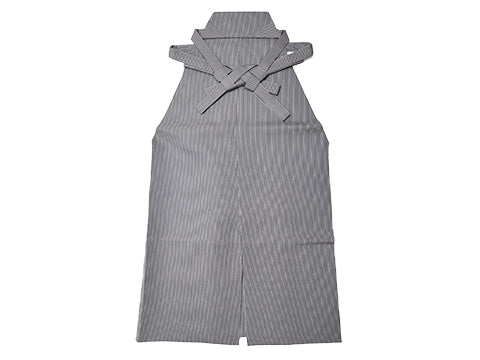 袴
袴
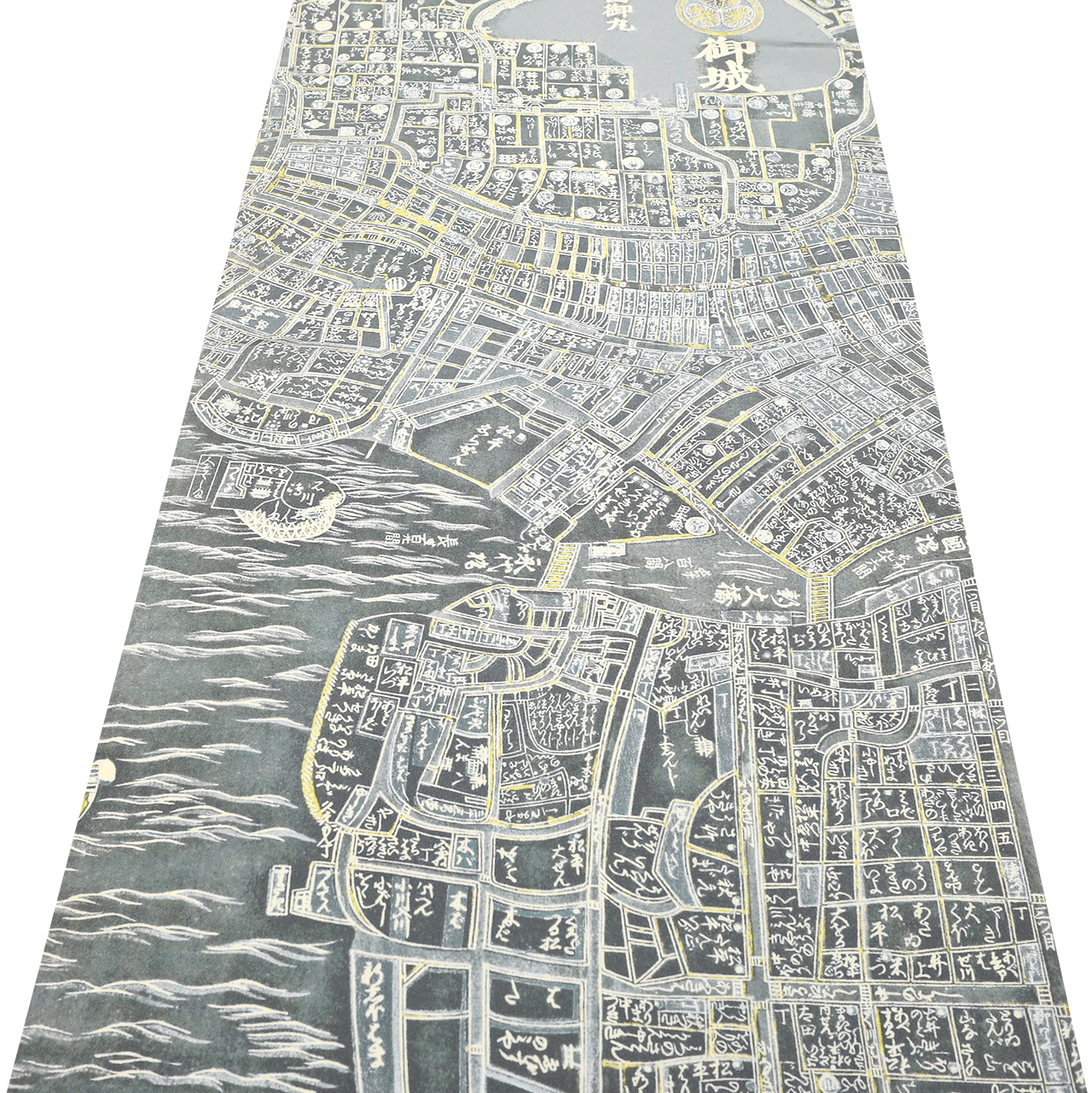 長襦袢
長襦袢
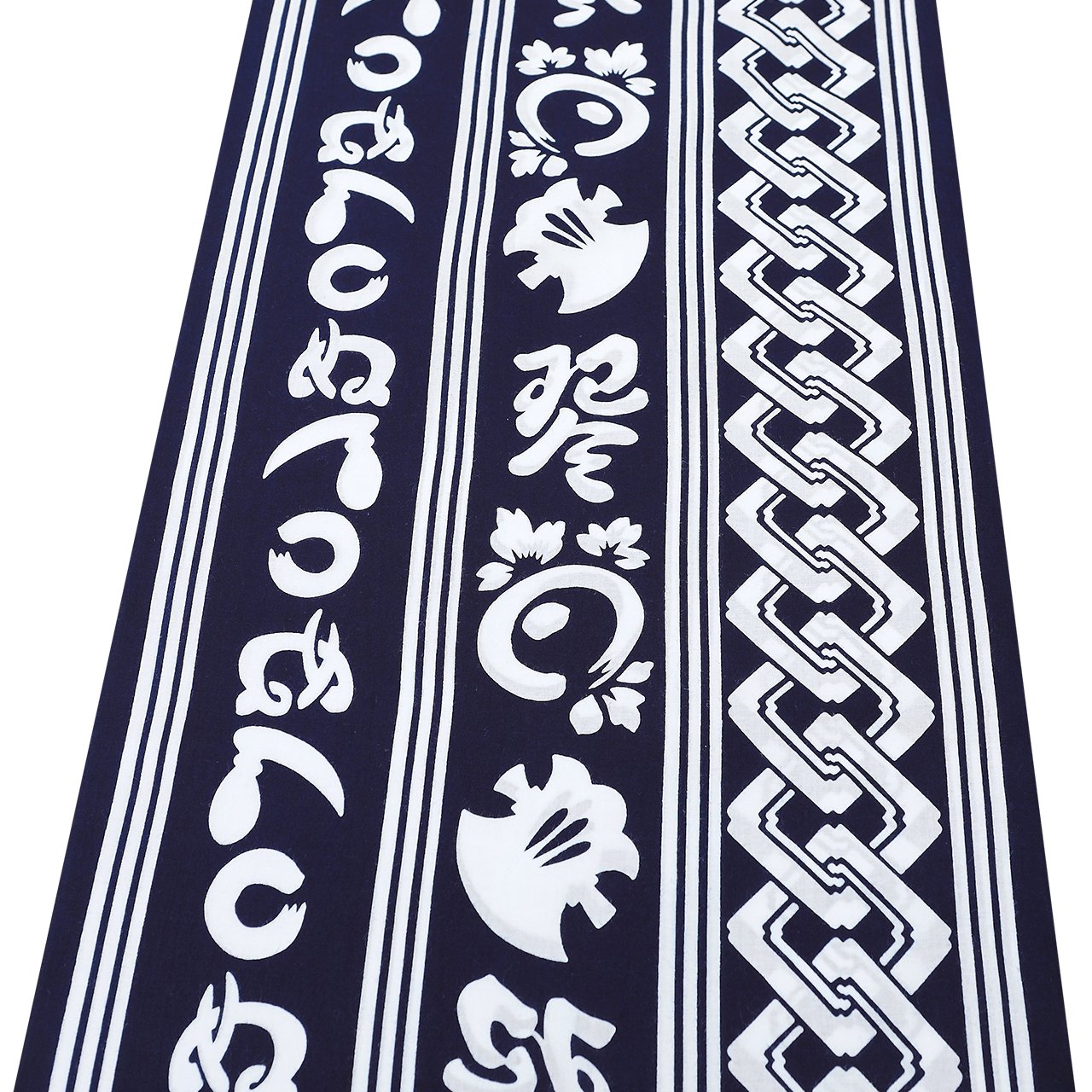 浴衣
浴衣
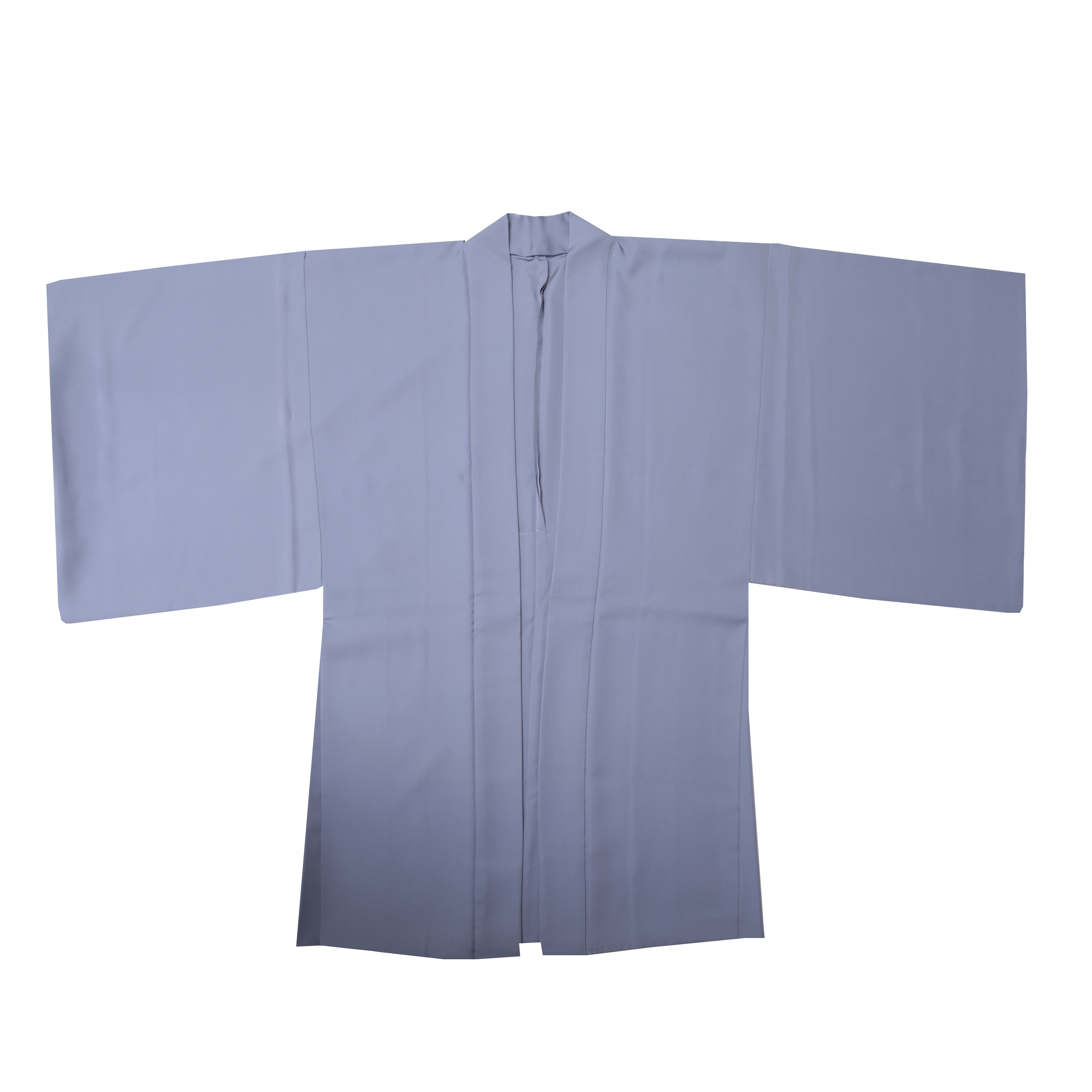 羽織・コート
羽織・コート
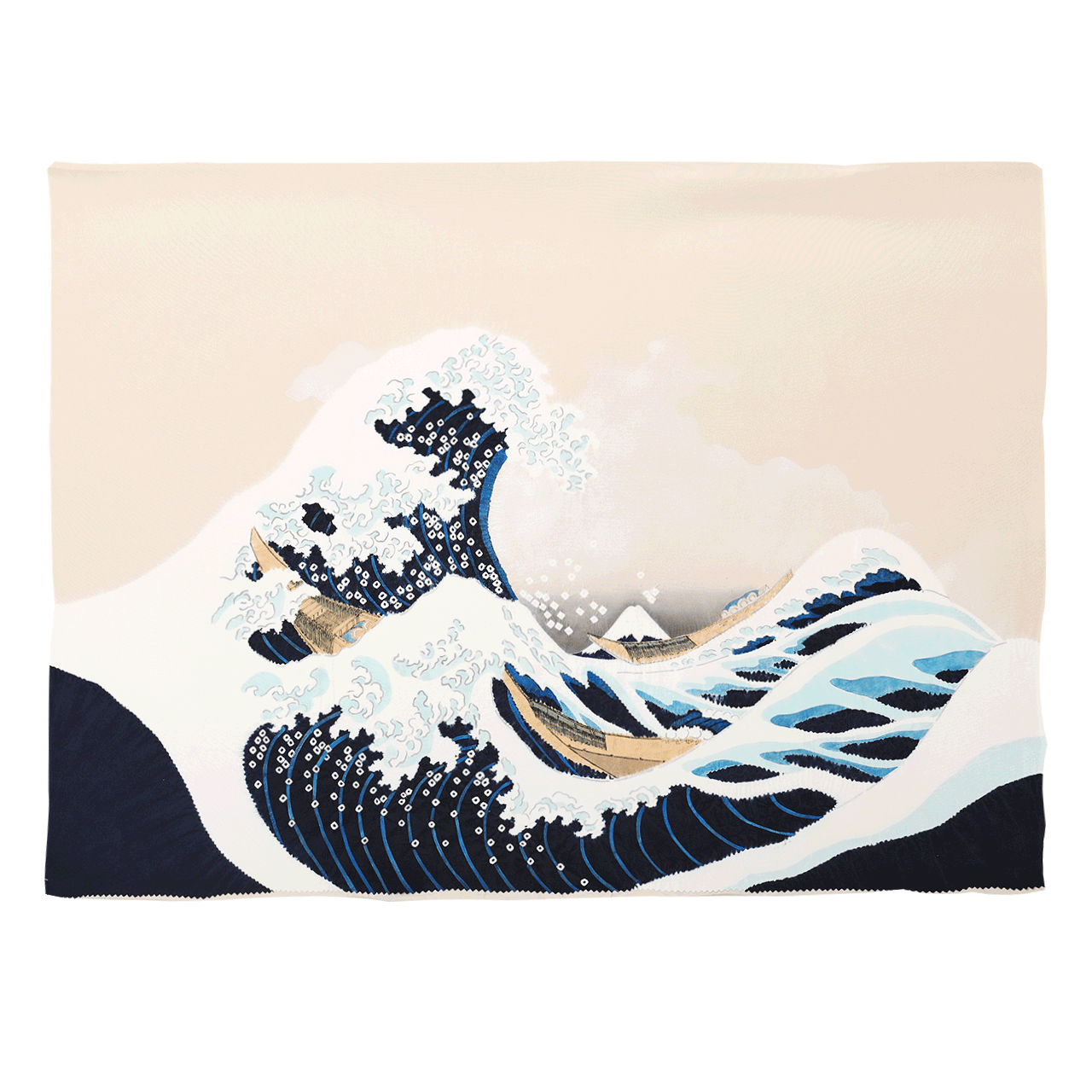 額裏
額裏
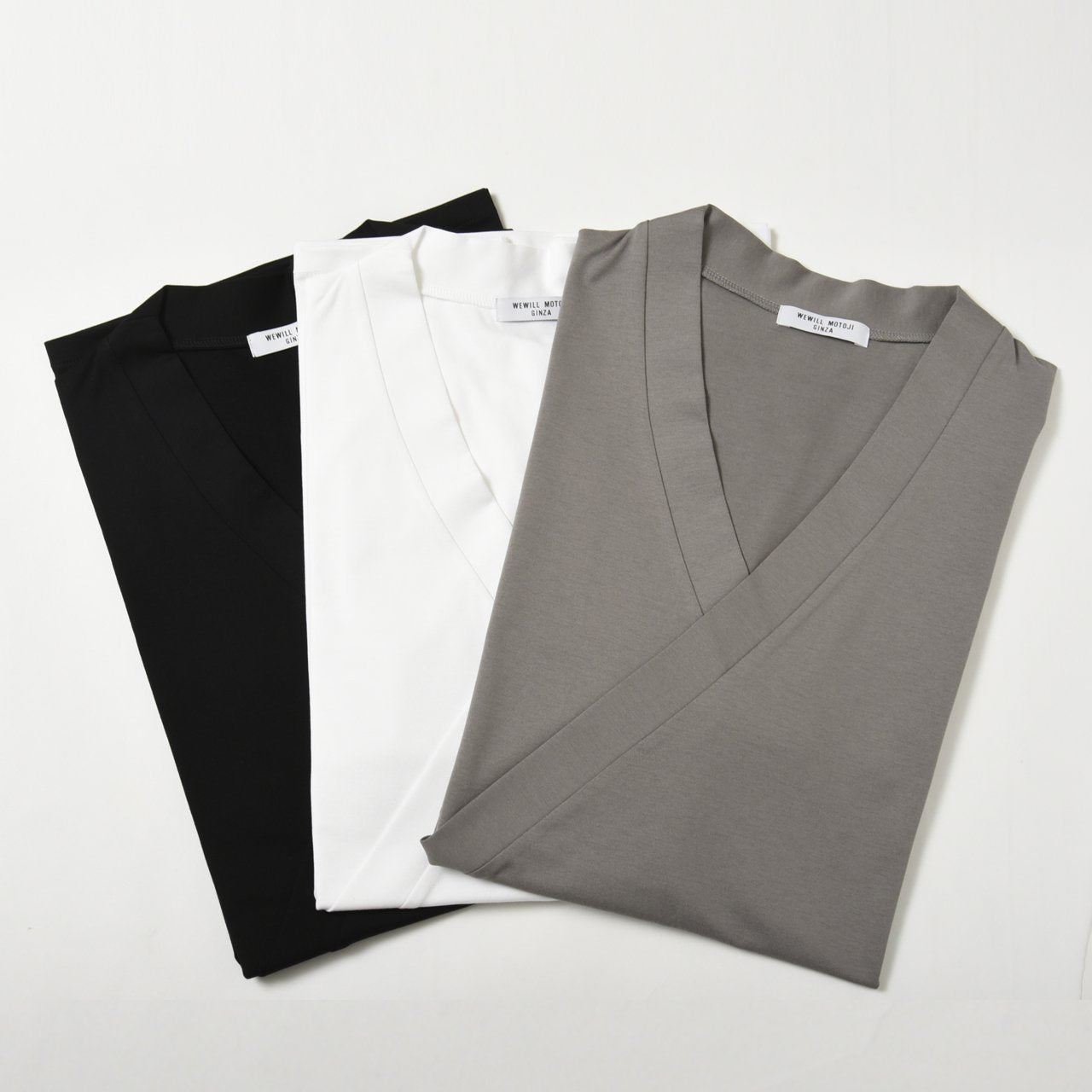 肌着
肌着
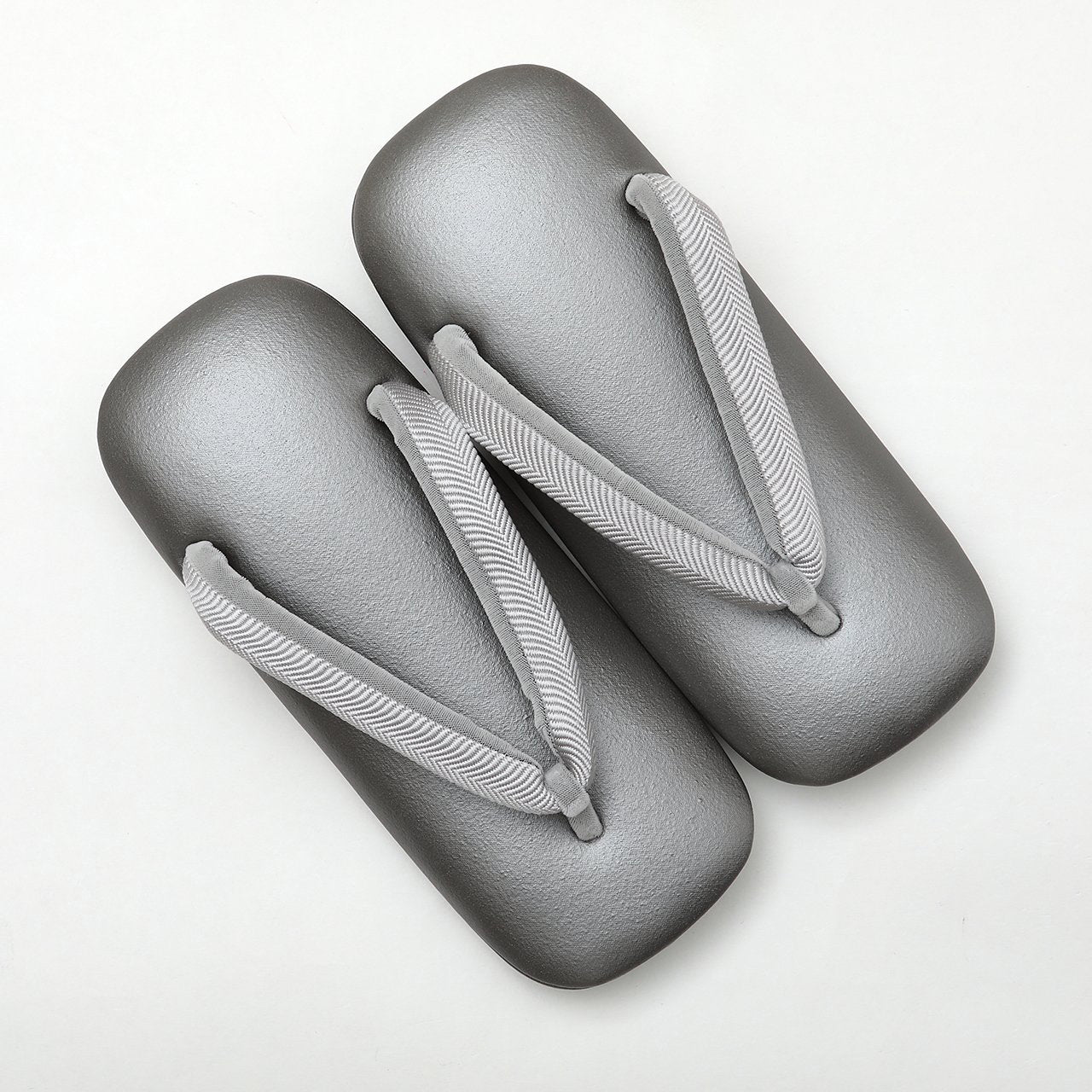 履物
履物
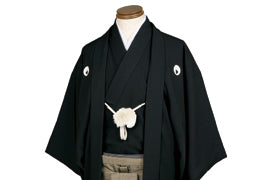 紋付
紋付
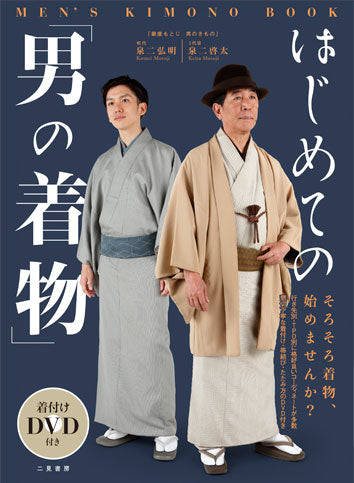 書籍
書籍